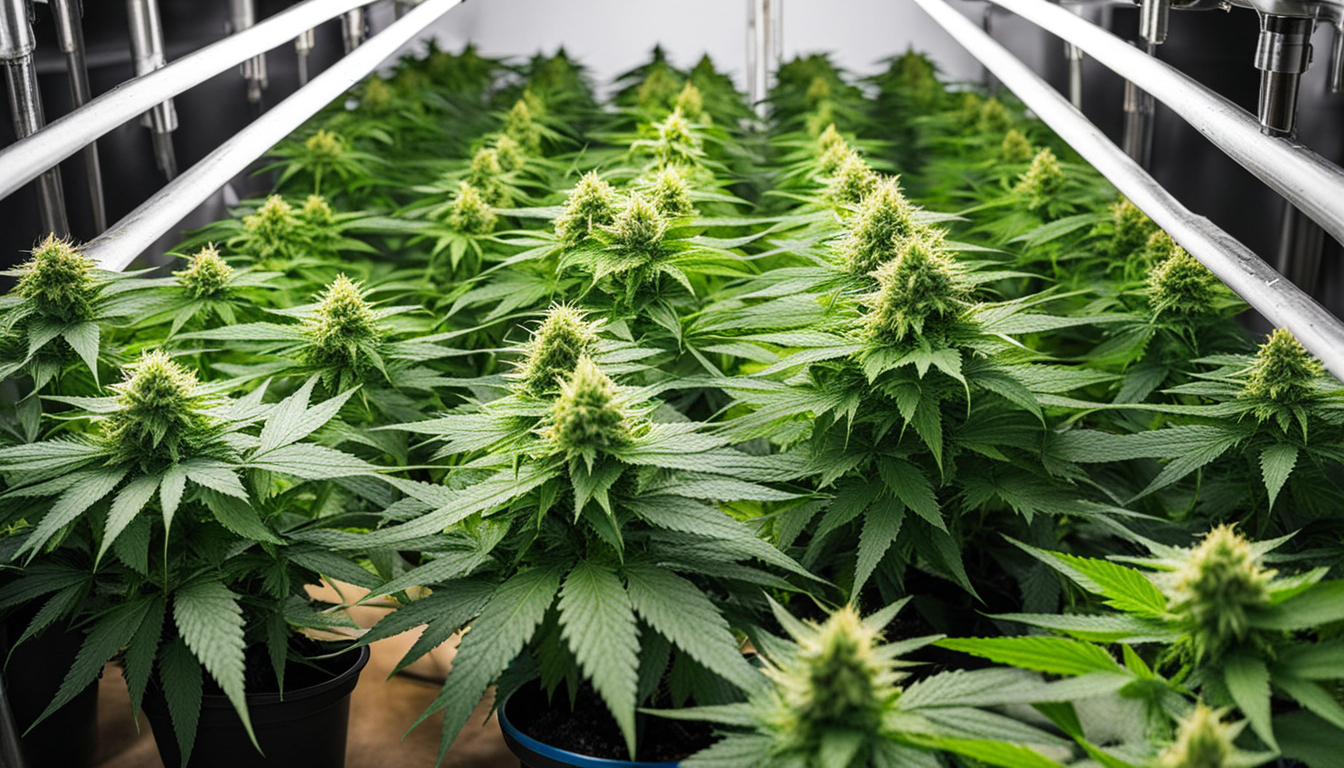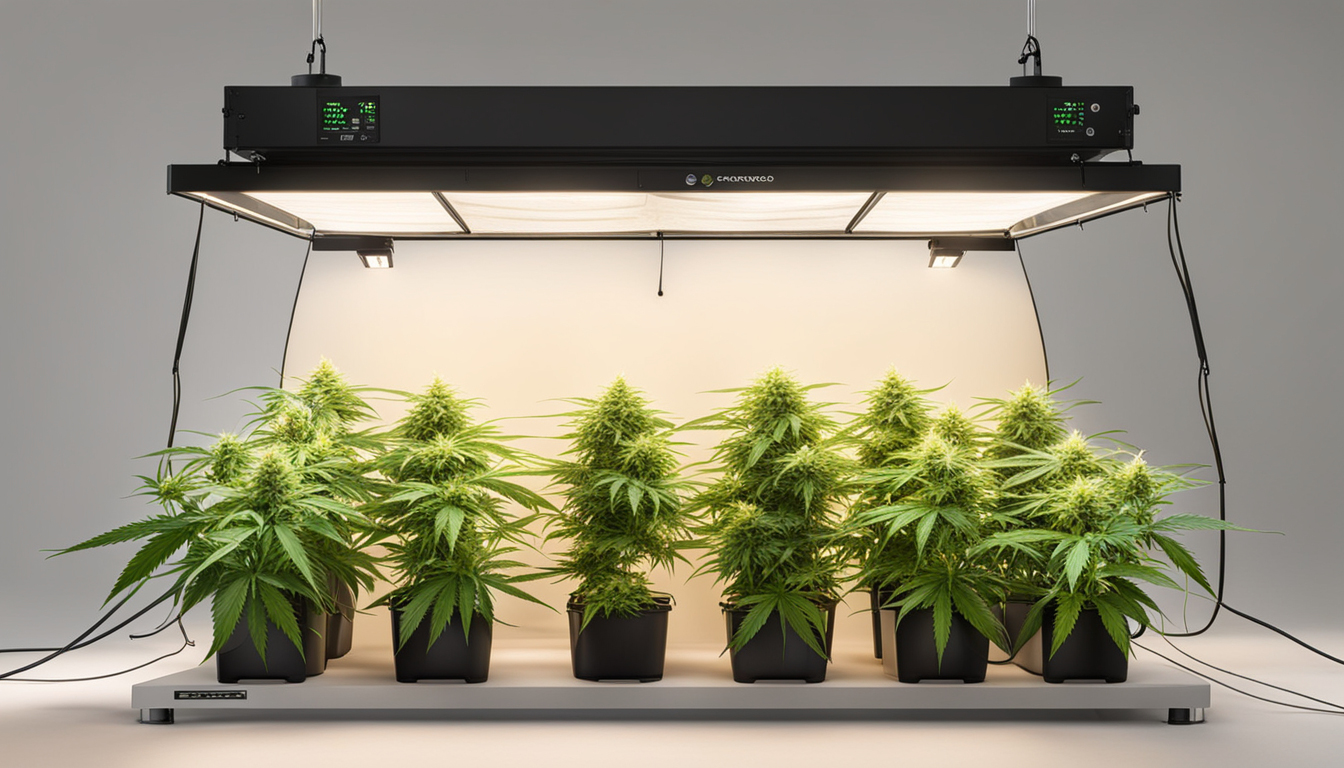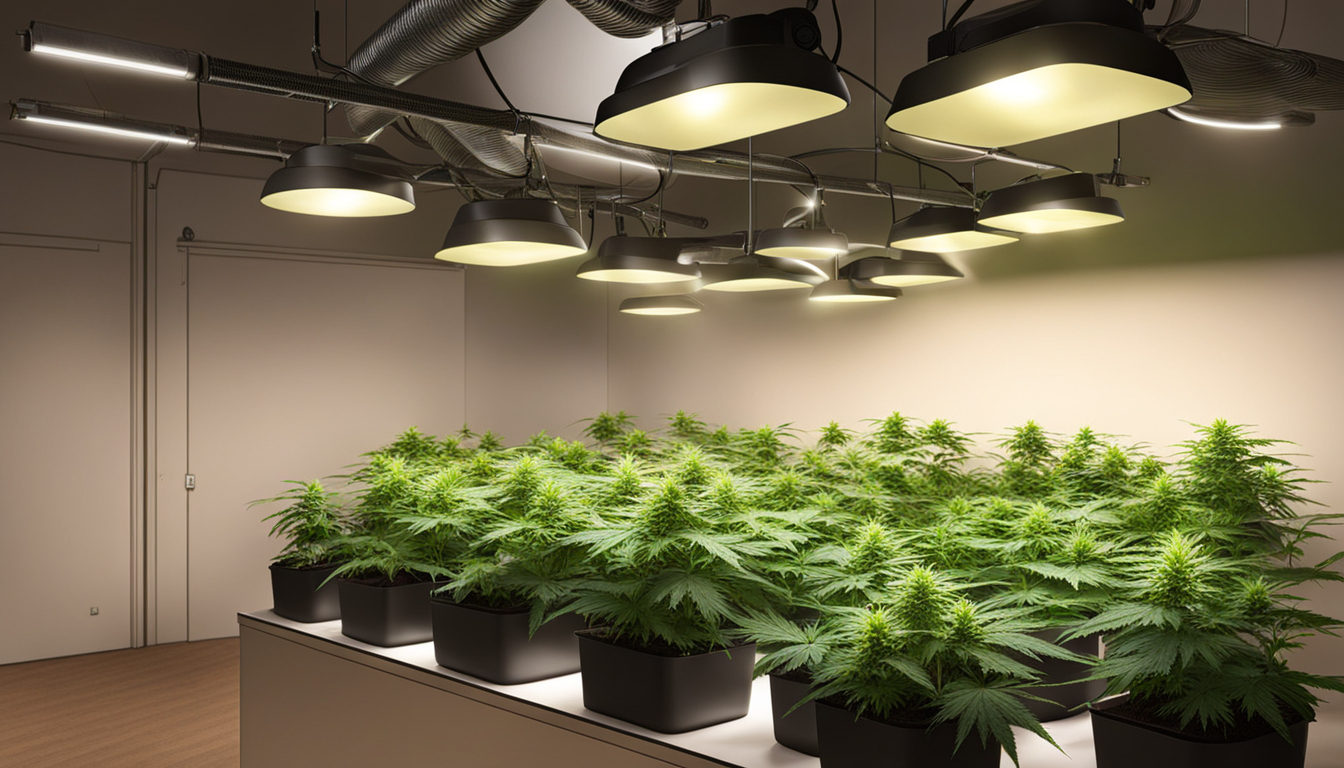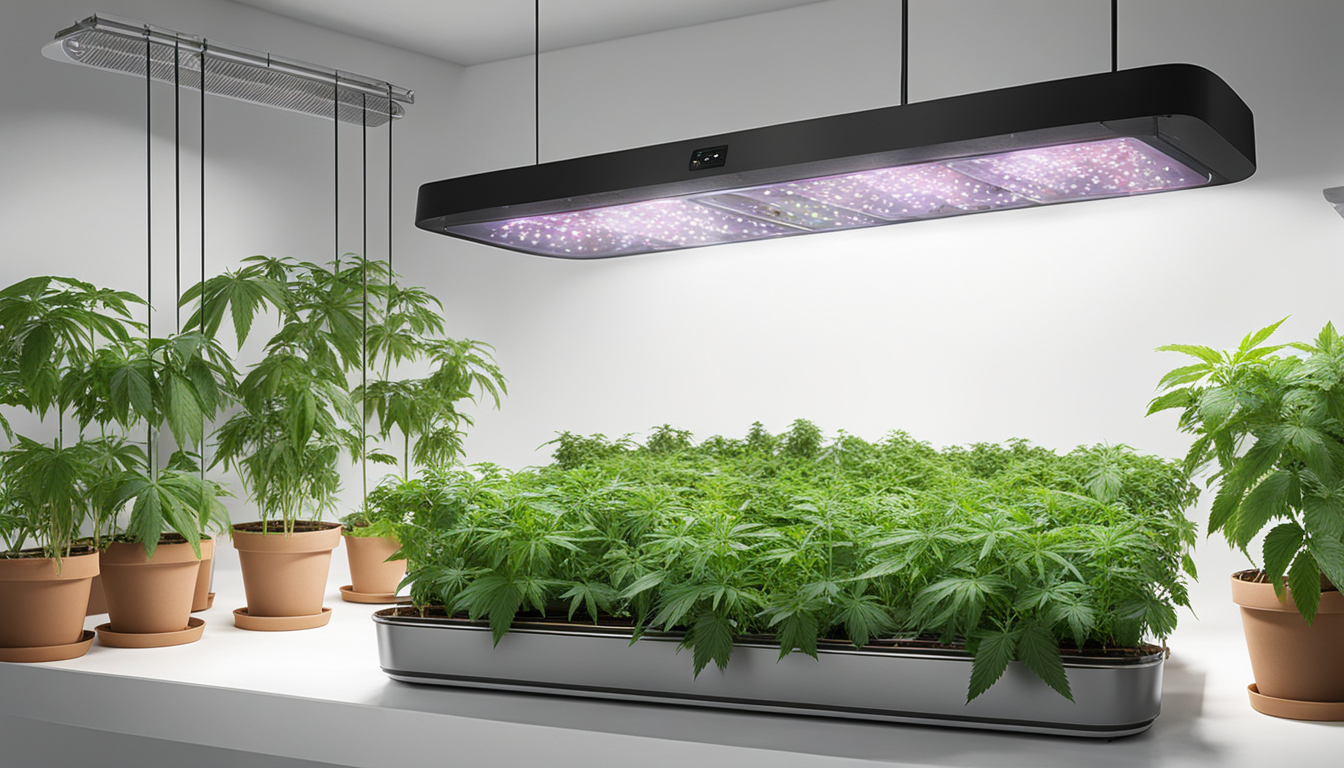
Whether you're beginning weed growing or looking to improve your existing harvest, following this complete guide will help you produce bountiful, high-quality yields right at home. With the right equipment, methods, and attention, cultivating pot indoors can be an extremely rewarding and cost-effective endeavor.
Choosing Weed Strains
The first step in planning your indoor harvest is picking the right cannabis varieties to grow. The three main types of cannabis plants each have their own traits.
Sativas
Known for their invigorating mental effects, these strains spread tall and slender with narrow leaves. They flourish in warmer equatorial climates and have a longer flowering time between 10-12 weeks indoors. Top sativa strains include Jack Herer, Durban Poison, Super Lemon Haze, and Jack Herer.
Relaxing strains
These strains provide calming body-focused effects and spread short and bushy with broad leaves. Adapted to cooler mountain climates, they flower faster within 8-9 weeks. Popular indica strains include Granddaddy Purple, Northern Lights, and Bubba Kush.
Hybrids
Hybrid strains blend traits from both sativas and indicas. They offer combined effects and have moderate flowering periods around 9-10 weeks. Well-known mixes are Blue Dream, OG Kush, and Blue Dream.

Setting Up Your Cultivation Space
Weed plants need the right controlled environment to flourish. Key factors for indoor grows are lights, airflow, layout, and finding the ideal discreet spot.
Location
Choose an unused space with easy access to irrigation and power outlets. An empty spare room, large closet, basement corner, or grow tent securely placed in a garage all make great hidden grow room spots.
Lighting
Cannabis requires powerful light for all vegetative stages. LED grow lights are energy-efficient and come in full spectrum options replicating real sunlight. Cover 250-400 watts per sq. ft for the growth stage and 20-40 watts per sq. ft. for bloom.
Ventilation
Proper airflow and exhaust systems keep ideal temp, humidity, and pure CO2 levels. Set up silent 4-6 inch blowers or scrubbers to refresh old air and reduce odors.
Layout
Optimize your space by positioning plants strategically under the lamps and leaving room to access and work around them. Set up distinct zones for vegetation, bloom, curing, and cloning.

Cultivation Mediums
Pot can be grown in various mediums, each with benefits and cons. Pick a suitable option for your particular setup and growing style.
Soil
The traditional medium, soil is cheap and simple for beginners. It provides excellent flavor but needs more irrigation and fertilizing to feed plants. Amend soil with vermiculite or coir to improve drainage.
Coconut coir
Made from coconut husks, renewable coco coir holds water but still lets in air to the roots. It's cleaner and more consistent than soil. Use coco-specific nutrients to prevent calcium buildup.
Water systems
In hydro systems, plant roots develop directly in fertilizer water solution. This enables rapid development but needs close monitoring of solution chemistry. DWC and drip systems are common methods.
Germinating Seeds
Sprouting activates your marijuana seeds to begin sprouting radicles. This prepares them for transplanting into their growing medium.
Paper Towel Method
Place seeds between moist paper towel and keep them damp. Check after 2-7 days for emerging taproots showing germination is complete.
Planting directly
Plant seeds right into wetted growing medium 6mm Request More Info deep. Gently water and wait 7-14 days until sprouts push through the top.
Rockwool Cubes
Presoak cubic rockwool starters in balanced water. Insert seeds 6mm deep into the cubes. Keep cubes wet until seedlings emerge within a week to 2 weeks.
Transplanting Young plants
Once germinated, cannabis seedlings need to be repotted to prevent overcrowding. Move them into appropriately sized pots.
Ready Containers
Load final pots with cultivation medium enriched with time-released nutrients. Allow containers to soak up water for 8-12 hours before repotting.
Carefully Transplanting
Gently loosen young roots from germination medium using a spoon. Place into prepared pot at equal depth as before and gently water in.
Vegetative Stage
The vegetative stage promotes leafy growth and plant form through 3/4 to full day of continual lighting intensity. This stage usually lasts 4-8 weeks.
Providing 18-24 Hours of Light
Use lamps on a 24 daily schedule or outdoor light to trigger constant photosynthesis. Lamp output influences height and internodal spacing.
Fertilizing
Use vegetative stage nutrients higher in nitrogen. Make sure pH stays around 6.5 for full fertilizer uptake. Fertilize 25-50% concentration after 14 days and strengthen slowly.
Training Techniques
Topping, low stress training, and scrogging direct growth patterns for even canopies. This increases yields.

Flowering Stage
The blooming stage grows buds as plants reveal their sex under a 12/12 light timing. It lasts Discover More 2-3 months based on variety.
Switching to 12/12
Switch grow lights to 12/12 or place outside for natural 12/12 timing. This triggers plants to begin blooming.
Flushing
Flushing removes nutrient salts to enhance flavor. Fertilize weakly the first weeks then just use pH'd water the last 2 weeks.
Flushing
Continue 12/12 light timing but flush using neutral pH water only. Return to plain watering if buds Learn More aren't ripe after two weeks.
Reaping
Knowing when cannabis is completely mature delivers maximum cannabinoid content and aroma. Cut down plants at optimal maturity.
Identifying Ripeness
Look for fading pistils, swelling calyxes, and 5-15% amber trichomes. Inspect buds around the plant as they don't all mature evenly.
Harvesting plants
Use clean, sharp pruning shears to gently cut each plant at the base. Leave 5-10cm of stem attached.
Curing
Suspend whole plants or colas inverted in a dark room with moderate temperature and humidity around 45-65% for 7-14 days.
Aging
Aging continues drying while improving the buds like fine wine. This process mellows harshness and intensifies cannabinoid and terpene profiles.
Curing containers
Trim cured buds from stems and place into sealed containers, filling about 75% capacity. Use a hygrometer to measure container humidity.
Opening jars daily
Open jars for a short time daily to gradually lower moisture. Remoisten buds if RH drops below 55%.
Final Cure
After 14-21 days when humidity levels off around 55-65%, do a final manicure and store forever in sealed jars.
Troubleshooting
Even experienced cultivators run into various pot plant problems. Identify problems early and fix them properly to keep a healthy garden.
Poor feeding
Yellowing leaves often signify insufficient nitrogen. Anthocyanins and leaves show low phosphorus. Check pH and boost nutrients slowly.
Pests
Thrips, aphids, fungus gnats, thrips, and nematodes are common marijuana pests. Use neem oil sprays, ladybugs, and yellow traps for natural control.
Powdery mildew
High humidity promotes powdery mildew and root rot. Improve airflow and venting while lowering RH under 50% during flowering.

Conclusion
With this complete indoor weed growing guide, you now have the info to grow plentiful potent buds for private grows. Follow these techniques and methods during the seed starting, vegetative, and bloom stages. Spend in good gear and carefully monitor your plants. In time, you'll be rewarded with sticky fragrant buds you raised yourself under the loving care of your green thumbs. Happy growing